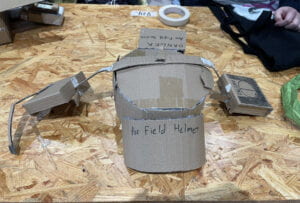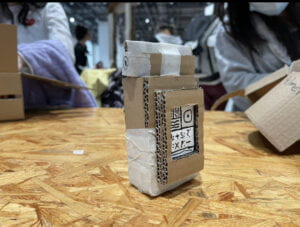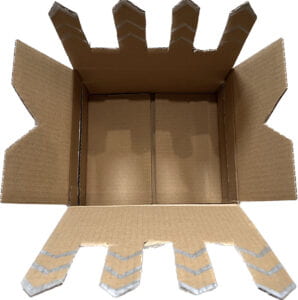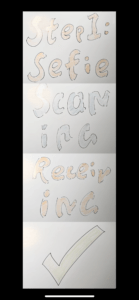Reflecting on Our Group Research Project: An Innovative Interactive Device
As part of our group research project, our team set out to design and develop an interactive device that fulfilled the assigned criteria. Our research focused on identifying the established form of interaction in two different projects, and we used this understanding to inform our design process.
After much brainstorming, we decided to create a device that would allow users to be protected from the virus through the helmet that we created which once accessible will create a force field of protection. This artifact is a wearable device that captures users’ movements to illustrate the body suit.
To come up with the design for this artifact, we drew inspiration from the two projects we


studied in the research phase of the project. Specifically, we wanted to incorporate the idea of using the body as a controller, as seen in one of the projects. We also wanted to build on the concept of using a suit to create an immersive experience, as seen in the other project.
To create our device, we started with sketches and mock-ups and then moved on to building a functional prototype. We decided to use a combination of cardboard and hot glue to connect the pieces. We also created an additional artifact that takes you to the afterworld after being “stoned” by the virus through the movement of the eyes.
One of the biggest challenges we faced was getting the device to accurately capture the user’s head size. We spent a lot of time testing and refining the shape and details to ensure that they were responsive and easy to deliver meaning.
Overall, we were pleased with the success of our helmet device. We felt that it provided a unique and engaging interactive experience. However, we also recognized some areas for improvement, such as the need to emphasize our main creation rather than such many artifacts.
In terms of my personal contributions and roles in the project, I was responsible for the development of parts of the devices used. I also assisted with the user-acting storyline and provided input on the overall user experience.
Our group used a collaborative approach to work together on the project. We assigned specific tasks to each team member based on their strengths and interests, and we communicated regularly to share updates and ideas. We also made sure to give each other feedback and support throughout the process.
Critical Analysis and Assessment of Another Group’s Performance
In addition to creating our own interactive device, we also had the opportunity to assess and provide feedback on another group’s performance. The project we reviewed was a fictional story that involved using a handheld device to navigate through a virtual world.
We felt that the interactive artifact was somewhat relevant to the fictional story, but there were some areas where the connection was not clear. We also felt that the device did meet the criteria of the assignment, but could have been more creatively designed to better align with the story.
One area where we felt the performance was successful was in helping us understand the interactive artifact. The group did a good job of explaining how the device worked and how it related to the story. However, we did have some suggestions for improvement, such as incorporating more visual and audio cues to enhance the user experience.
In conclusion, our group research project was a valuable learning experience that allowed us to explore the world of interactive devices and develop our own innovative creations. By working collaboratively and using our research as a guide, we were able to create a device that we felt was successful in meeting the criteria and providing a unique interactive experience.

